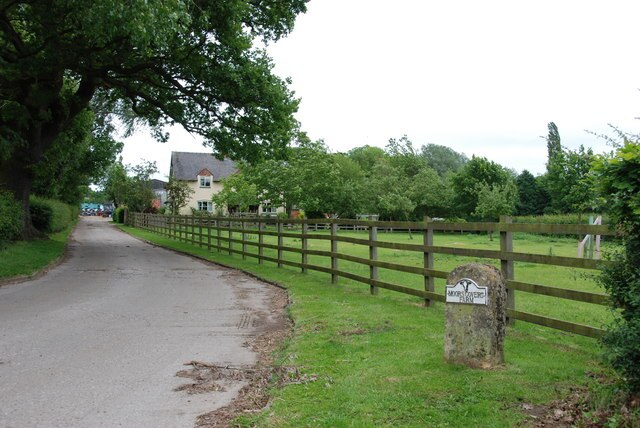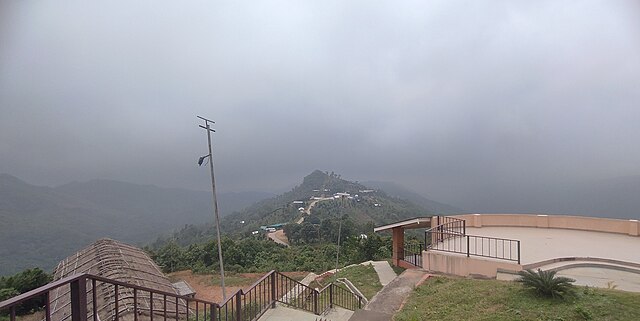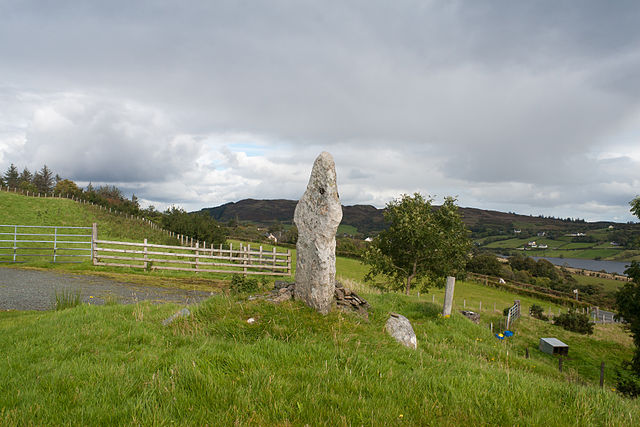Have you ever wondered what makes Tura’s weather so unique? Nestled in the heart of Meghalaya, this charming hill station experiences some of the most diverse weather patterns in Northeast India. Whether you’re planning a visit or you’re simply curious about this fascinating region, understanding Tura’s weather is essential for making the most of your experience.
Understanding Tura’s Geographic Location and Climate Zone
Where is Tura Located?
Tura serves as the headquarters of West Garo Hills district in Meghalaya, India. This strategic location in the Garo Hills region significantly influences its weather patterns. The town sits at a moderate elevation, which creates a unique microclimate that differs from both the plains and higher altitude regions.
What makes Tura’s location special? It’s positioned in a way that receives the full impact of monsoon winds while also benefiting from the moderating effects of its hilly terrain. This geographical positioning creates a weather pattern that’s both predictable and surprising.
Tura’s Climate Classification
Tura has a Humid subtropical, dry winter climate (Classification: Cwa). This classification tells us a lot about what to expect throughout the year. The humid subtropical climate means you’ll experience warm, humid summers and relatively mild winters with distinct wet and dry seasons.
Think of Tura’s climate as nature’s way of providing variety – it’s like having multiple seasons packed into one location, each with its own personality and charm.
Seasonal Weather Patterns in Tura

Summer Season (March to May)
Summer in Tura is when the region starts warming up, preparing for the intense monsoon season ahead. But don’t let the word “summer” fool you – it’s quite different from what you might experience in other parts of India.
Temperature Ranges and Humidity
The temperature typically varies from 51°F to 89°F and is rarely below 47°F or above 96°F. During summer months, temperatures can reach up to 32°C (around 89°F), but the humidity makes it feel much warmer. The mornings are generally pleasant, but afternoons can become quite uncomfortable due to the combination of heat and humidity.
What to Expect During Summer
Summer weather in Tura is characterized by increasing humidity levels and occasional pre-monsoon showers. You’ll notice the air becoming heavier as the season progresses, and the landscape starts showing signs of the approaching monsoon. Due to unpredicted Monsoon season, it is not advisable to visit hill station Tura during summer.
Monsoon Season (June to September)
Here’s where Tura really shows its dramatic side! The monsoon season transforms the entire region into a lush, green paradise, but it also brings challenges that visitors need to be prepared for.
Rainfall Patterns and Intensity
The state receives heavy rainfall, making it one of the wettest places on earth. Tura experiences intense rainfall during this period, with moderate rainfall in monsoons. The season is characterized by strong winds and intermittent rains.
The monsoon isn’t just about rain – it’s about transformation. The landscape changes completely, waterfalls appear where none existed before, and the air becomes fresh and clean. However, this beauty comes with practical challenges.
Monsoon Safety Tips
During monsoon season, road conditions can become treacherous, and outdoor activities may be limited. If you’re planning to visit during this time, always check weather forecasts and road conditions. Landslides and flooding can occur, so staying informed is crucial for your safety.
Post-Monsoon/Autumn (October to November)
This is when Tura starts to reveal its true beauty. The monsoon has done its work, leaving behind a refreshed landscape and more comfortable weather conditions.
The festivals in this season, like the Wangala harvest festival, adds an extra charm for tourists who visit. The weather during this period is generally pleasant, with clear skies and comfortable temperatures that make it ideal for outdoor activities and sightseeing.
Winter Season (December to February)
Winter in Tura is quite different from the harsh winters you might experience in northern India. The weather becomes cool and pleasant, making it one of the most comfortable times to visit.
Temperature Drops and Weather Conditions
In Tura, the wet season is hot, oppressive, and mostly cloudy and the dry season is warm and mostly clear. Winter represents the dry season, characterized by clear skies and comfortable temperatures. You’ll find the weather perfect for exploring the region’s natural beauty and cultural attractions.
Monthly Weather Breakdown for Tura
Best Months for Weather
The best time to visit Meghalaya is from October to April. During this period, the weather is pleasant, with clear skies and mild temperatures that rarely go beyond 30°C. These months offer the most comfortable weather conditions for tourists and locals alike.
October through April represents the sweet spot for Tura’s weather. You’ll experience comfortable temperatures, minimal rainfall, and clear skies that allow you to fully appreciate the region’s natural beauty.
Challenging Weather Months
The most challenging months are typically May through September, when the combination of pre-monsoon heat and intense monsoon rainfall can make travel and outdoor activities difficult. However, each season has its own appeal – even the challenging months offer unique experiences for those prepared for them.
How Tura’s Weather Affects Tourism and Activities

Peak Tourist Season
Peak Season – Temperatures range from 16°C and 31°C in the peak season. This is between the months of April and June. However, this information seems to conflict with other sources that suggest the peak season is actually during the post-monsoon and winter months.
The reality is that Tura’s peak tourist season typically falls during the cooler, drier months when weather conditions are most favorable for sightseeing and outdoor activities.
Off-Season Travel Considerations
Traveling during the off-season (monsoon months) can be rewarding for those who appreciate dramatic weather and don’t mind the challenges. The season is characterized by strong winds and intermittent rains and is the best season to experience Tura’s flora and fauna.
Off-season travel offers the advantage of fewer crowds, lower prices, and the opportunity to experience Tura’s wild, monsoon-transformed landscape.
Weather-Related Challenges in Tura
Heavy Rainfall and Flooding
The intense monsoon rainfall can lead to flooding in low-lying areas and make roads impassable. Flash floods are a real concern during peak monsoon months, and visitors should always stay informed about weather conditions and follow local advisories.
Humidity and Heat Concerns
Possible danger of dehydration, heat stroke, heat exhaustion and heat cramps if outside for extended periods, and especially while doing strenuous activities. The combination of heat and humidity during summer and early monsoon can be challenging for visitors not accustomed to such conditions.
Planning Your Visit: Weather Considerations
What to Pack for Different Seasons
Your packing list should vary significantly based on when you’re visiting Tura. For monsoon season, waterproof clothing and good traction footwear are essential. For winter months, light woolens and comfortable walking shoes are sufficient.
Summer visits require light, breathable clothing and protection from humidity. Always pack layers, as weather can change quickly in hilly regions.
Best Time to Visit Tura
It is also the best time to visit Meghalaya with family, providing comfortable weather for sightseeing and outdoor activities. The period from October to March offers the most comfortable weather conditions for most visitors.
However, the “best” time depends on what you want to experience. Adventure seekers might prefer the dramatic monsoon season, while families and casual tourists typically prefer the drier, cooler months.
Current Weather Resources and Forecasting
Reliable Weather Websites
Several reliable sources provide current weather information for Tura. AccuWeather, Weather Spark, and local meteorological services offer detailed forecasts that can help you plan your activities and travel.
Local Weather Patterns
Understanding local weather patterns can help you make better decisions about your daily activities. Morning weather often differs significantly from afternoon conditions, and local residents can provide valuable insights about microclimates and weather trends.
Conclusion
Tura’s weather is as diverse and fascinating as the region itself. From the intense monsoons that transform the landscape into a lush paradise to the comfortable winter months perfect for exploration, each season offers its own unique charm and challenges. Understanding these weather patterns is key to making the most of your visit to this beautiful hill station in Meghalaya.
Whether you’re drawn to the dramatic monsoon season or prefer the comfortable winter months, Tura has something to offer year-round. The key is understanding what each season brings and preparing accordingly. Remember, the best time to visit depends on your preferences, tolerance for weather challenges, and the type of experience you’re seeking.
By staying informed about weather conditions and planning accordingly, you can ensure that your visit to Tura is both safe and memorable, regardless of when you choose to explore this remarkable destination.
Frequently Asked Questions (FAQs)
Q1: What is the coldest month in Tura?
A: January is typically the coldest month in Tura, with temperatures dropping to around 10-15°C (50-59°F). However, even the coldest months are relatively mild compared to northern Indian cities.
Q2: How much rainfall does Tura receive during monsoon season?
A: Tura receives substantial rainfall during the monsoon season (June to September), with some years experiencing over 200 inches of rain. The exact amount varies yearly, but heavy rainfall is consistent during this period.
Q3: Is it safe to visit Tura during monsoon season?
A: While monsoon season offers beautiful scenery, it comes with risks including landslides, flooding, and difficult road conditions. If you visit during this time, stay informed about weather conditions and follow local advisories.
Q4: What should I pack for a winter visit to Tura?
A: For winter visits, pack light woolens, comfortable walking shoes, a light jacket for evenings, and layers for temperature variations throughout the day. The weather is generally pleasant and doesn’t require heavy winter clothing.
Q5: How does Tura’s weather compare to other hill stations in India?
A: Tura experiences more intense monsoons than many Indian hill stations due to its location in Meghalaya, one of the wettest regions on Earth. However, its winters are milder than those in northern hill stations like Shimla or Manali.

